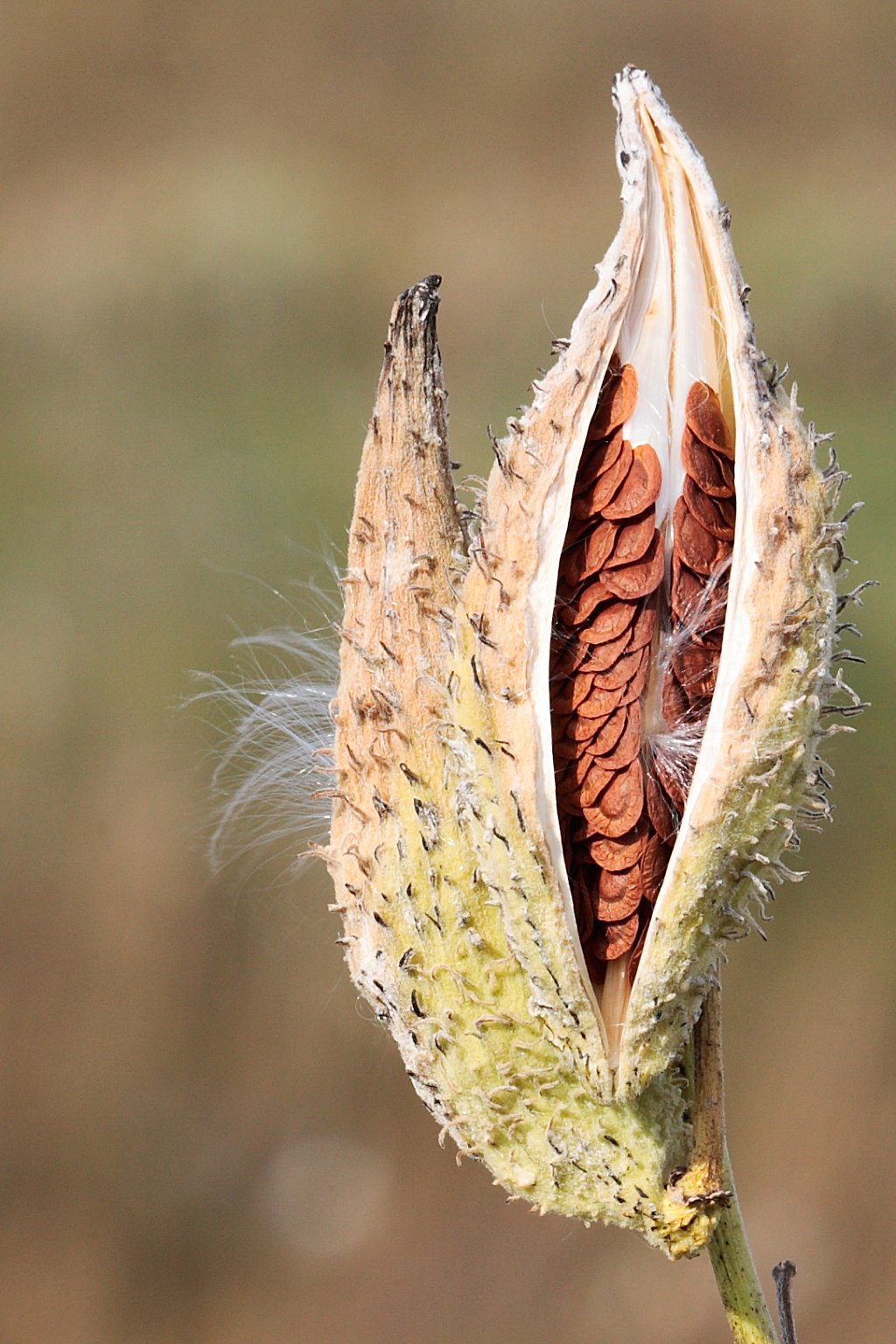
Alright you all have probably been reading about some great birds or mammals in my blog posts but now let's talk about something that is a bit smaller; let's talk about bugs. I don't mean bugs in general I am talking about butterflies, monarch butterflies to be specific. These beautiful orange and black butterflies inhabit large parts of North America in the summer months and during the winter they will migrate to warmer regions such as California and Mexico. In Mexico and California they will breed and spend the winter there and a new generation will fly back to habitats across the United States and Canada that their ancestors once lived where they will breed and then their descendants will fly back to the warmth in the winter and so the cycle continues. It is amazing that monarch butterflies are able to consistently travel to the same spot because they have never been there before in their life. Monarchs will only live for between 6 weeks and 2 months with their butterfly stage lasting from 6 weeks to one month. You may have had six or more generations in a single year and those born in June will not live until October to migrate south and those born in November will never go north. This constant change of individuals is what makes the annual migration of millions of monarchs fascinating. While they may be super cool monarch butterflies are in trouble. The population of monarch butterflies in Mexico for the winter was around 1 billion in the 1990's and last year they determined that the current population only numbered 30 million. This is a decrease of 970 million monarch butterflies in about a 25 year period. The number of monarchs that was lost is almost three times the current population of the United States. There are a few issues that are affecting monarchs, but there are also solutions that are able to be completed by anybody.
You may be wondering what is causing monarch butterflies to decrease so rapidly in number. One problem the monarchs face is deforestation of their winter homes in Mexico. Research that was conducted by an international team and the Mexican government indicated that a little more than half of what was previously intact forest is still there. This deforestation is happening in areas that are labeled as protected by the Mexican goverment. The problem is that the locals don't see the value of this area in their daily lives. They needs this forested area for fuel for their fires or as timber to sell. The Mexican government suggested expanding the protected area as well as compensating the locals for the income they would lose by not harvesting from the forest. That is what is happening internationally but what about what is happening in your backyard or neighborhood to cause the decline of monarch butterflies. Two issues that are hurting monarchs near you are drought and pesticides. In regions of the western United State recent summers and winters with very little rainfall have hurt populations of monarchs because they have not been able to get enough water into their diets from flowering plants. Pesticides are designed to kill insects that feed on crops and a side effect of this is the death of bees and butterflies who actually help the plants by pollinating them. The greatest threat facing monarch butterflies is the loss of milkweed plants across the continent. Milkweeds are flowering plants that produce seed pods where the flowers were. These seed pods contain many little seeds that are attached to white silky hairs that are scattered by the wind. The plant is so named for the white, sticky sap that it produces. Milkweed has been removed when areas have houses built on them and prairies are turned into cropland. Milkweed is essential to monarchs as species of milkweed are the only type of plants that monarch butterflies lay their eggs on and that the caterpillars feed upon. Without these plants the reproductive cycle of the monarch butterfly is interrupted and they are unable to repopulate areas.

I chose this topic because I found it very interesting and is something I have been involved with personally. When I was younger my family raise two monarch butterflies from their chrysalises and then successfully released them. I also try to manage the prairie behind our house to keep milkweed there. I have seen milkweed plants there continuously since my childhood, but I do hope that we can increase their abundance. You too can help save the monarchs. As a homeowner you can plant flower gardens to attract butterflies and feed them. To help monarchs specifically make sure you plant milkweed to feed the caterpillars and give the females a place to lay their eggs. Milkweed plants can also feed adults with nectar. If you are going to plant a butterfly garden make sure you use plants native to your area as they are most beneficial for insects and the ecosystem around your house. Many wonder why it is so important that we save a species of butterfly and I believe Dr. Lincoln Brower said it best when a reporter asked him "What difference does it make if Monarch butterflies go extinct." Dr. Brower responded with "What difference does it make if the Mona Lisa is destroyed or England's Crown Jewels thrown into the trash?" "Who cares about the Crown Jewels?" he continued. "The fact is people, people do care about them; they line up by the hundreds in London to see them. Why? Because, as with the Mona Lisa, they have been taught that these objects have value, that they are a part of man's cultural heritage. Shouldn't it be the same for natural treasures?"

Articles
http://www.kpbs.org/news/2015/apr/15/monarch-butterflies-crisis-west-coast/
http://www.savethepinebush.org/News/OctNov00/Monarch.html
http://www.cbsnews.com/news/monarch-butterflies-face-population-crisis/
http://landscaping.about.com/od/wildflowers/p/milk_weed.htm
Pictures
http://weedpatchgazette.com/wp-content/uploads/2013/08/Common-milkweed-7-3-2013-5-37-09-PM-3240x4320-7-3-2013-5-37-010-768x1024.jpg
https://upload.wikimedia.org/wikipedia/commons/3/35/Milkweed-in-seed.jpg
https://upload.wikimedia.org/wikipedia/commons/6/63/Monarch_In_May.jpg
https://upload.wikimedia.org/wikipedia/commons/0/0c/Monarch_Butterfly_Danaus_plexippus_Caterpillar_2000px.jpg
Wonderful information, keep up informing us.
ReplyDelete